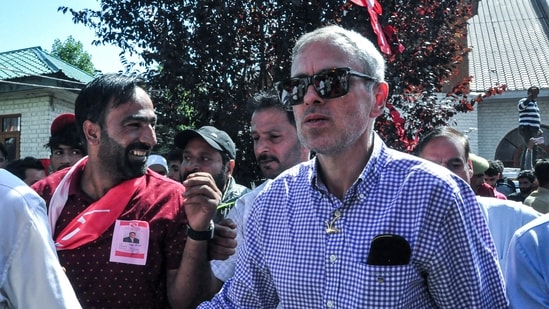Title: A Tale of Two Tax Plans: Harris vs. Trump and the Future of America’s Debt
As the 2024 presidential election heats up, candidates Kamala Harris and Donald Trump are laying out their visions for America, and at the heart of their platforms are ambitious tax plans that could reshape the nation’s economy. But with both proposals projected to significantly increase the debt-to-GDP ratio—Harris to 133% and Trump to a staggering 142%—the stakes couldn’t be higher. Let’s dive into the details of these plans and what they could mean for everyday Americans.
The Debt Dilemma
First off, let’s talk numbers. The U.S. debt-to-GDP ratio is a crucial indicator of economic health, and both candidates are set to push it to new heights. The record, set in 1946 after World War II, stands at 106%. If Harris and Trump have their way, we could see ratios that far exceed that, raising concerns about the long-term sustainability of the U.S. economy.
Kamala Harris: A Progressive Approach
Harris is championing a progressive tax plan aimed at supporting working-class Americans. She proposes generous tax benefits, particularly for families, by expanding child tax credits and allowing the 2017 tax cuts for high earners to expire. This plan is estimated to cost around $4.4 trillion. However, Harris believes that increased tax revenue from corporations and the wealthy could offset these costs, potentially raising about $4 trillion.
Her approach is clear: tax the rich to help the poor and middle class. It’s a classic progressive stance that aims to reduce income inequality, a growing concern in today’s economy.
Donald Trump: Tax Cuts and Tariffs
On the flip side, Trump’s platform is all about tax cuts—specifically, extending the 2017 tax cuts and introducing new ones, such as exempting overtime income from taxes and eliminating taxes on Social Security benefits. These measures could cost a whopping $8.65 trillion. Trump also has a controversial immigration plan that could add another $350 billion to the bill.
Trump’s revenue strategy relies heavily on tariffs, including a universal baseline tariff on imports and a hefty 60% tariff on goods from China. He argues that these tariffs will generate revenue, but critics warn that they act more like a consumption tax, ultimately hitting American consumers in the pocketbook.
Who Wins and Who Loses?
When it comes to who benefits from these plans, the differences are stark. According to the Institute on Taxation and Economic Policy (ITEP), Trump’s tax changes would disproportionately favor the wealthy. The richest 1% could see an average tax cut of about $36,300, while the middle class and lower-income groups would face tax increases—averaging $1,500 and $800, respectively. This regressive nature of Trump’s plan raises alarms about exacerbating income inequality in a nation already grappling with it.
Harris, on the other hand, positions her plan as a means to uplift the lower and middle classes, arguing that her tax increases on corporations and the wealthy will provide necessary funding for social programs.
The Political Landscape
Both candidates are optimistic about their plans, claiming they won’t add to the national debt. Harris insists her spending will be offset by increased revenues, while Trump points to the economic growth his previous tax cuts supposedly generated. However, history tells a different story; during Trump’s last term, U.S. government debt surged by nearly $8 trillion.
With a likely divided Congress after the election, the feasibility of either candidate’s plans remains uncertain. While Trump could push through some initiatives via executive orders, significant legislative changes may face hurdles.
The Bottom Line
As we look ahead to the election, it’s clear that both Harris and Trump have bold visions for America’s economic future. However, the implications of their tax plans could lead to higher debt, increased inflation, and a widening gap between the rich and the poor. Voters will need to weigh these factors carefully as they head to the polls.
In the end, whether you lean toward Harris’s progressive approach or Trump’s tax cuts, one thing is certain: the choices made in this election will have lasting effects on the American economy for years to come.



